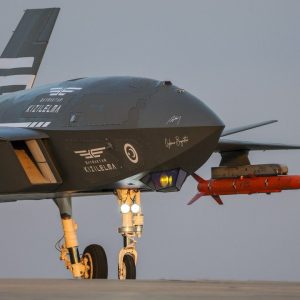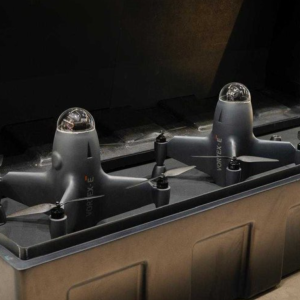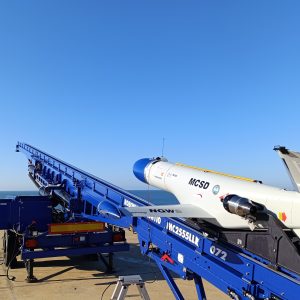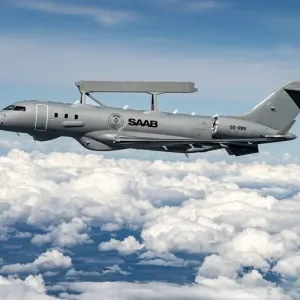Defense and aerospace strategic trends for 2025–2026 in the US, EU and Türkiye. Read the analysis now and stay ahead in decision-making.
What’s driving 2025–2026
Defense and aerospace strategic trends are converging. First, militaries are racing to connect sensors, shooters, and commanders with trusted data. Second, governments are scaling industry to refill stockpiles and shorten lead times. Finally, space has become a contested and essential domain. Together, these forces set the agenda for 2025–2026.
United States: Joint data and space resilience
The United States treats China as the pacing challenge and Russia as the acute threat. Therefore, Washington is pushing Joint All-Domain Command and Control. The goal is simple: move data faster than any rival and act on it. In practice, this requires secure networks, common data models, and agile software delivery.
Industry is part of the answer. The Pentagon is boosting munitions output and expanding access for non-traditional suppliers. Moreover, it is using rapid prototyping, digital engineering, and open systems to cut integration risk. As a result, new capabilities can flow from labs to units with fewer delays.
Decision advantage comes from reliable, automated data-sharing across every domain—land, sea, air, cyber, and space.
Operational insight
Space now anchors many US kill chains. To protect that edge, planners prioritise resilient architectures. For example, proliferated low-Earth orbit constellations spread risk. In addition, rapid reconstitution reduces downtime after an attack. Consequently, assured PNT, protected satcom, and space-based ISR remain top investments.
European Union: From budgets to capability
Europe is shifting from declarations to delivery. Higher defense budgets are important; however, collaboration matters more. The EU aims to reduce fragmentation and align procurement. Programs such as the European Defense Fund and ammunition initiatives target shared projects and larger production runs.
Major platforms will shape the next decade. FCAS, GCAP, MGCS, and Eurodrone can either consolidate Europe’s base or split it further. Clear governance, open standards, and export-ready designs will be decisive. Meanwhile, IRIS² seeks sovereign and secure satcom for crises and routine operations alike.
NATO and the EU now complement each other more directly. NATO leads on deterrence and operations. The EU focuses on industry, regulation, and logistics. Consequently, Europe can move from spending to deployable capability, which is central to defence and aerospace strategic trends.
Türkiye: Indigenous momentum and space goals
Türkiye puts self-reliance at the core of its strategy. The National Technology Initiative supports unmanned systems, air defence, and combat aviation. In parallel, Türksat 6A extends sovereign satcom. Hence, Ankara can reduce risk and expand exports across 120+ countries.
Naval power is rising as well. MILGEM corvettes and frigates improve presence and deterrence. The forthcoming indigenous MİLDEN submarine adds undersea depth. Moreover, TCG Anadolu enables amphibious and drone-centric concepts. Together, these programs enhance maritime C4 and joint reach.
Air power is evolving on two tracks. F-16 upgrades sustain today’s fleet, while KAAN (TF-X) matures as a next-generation fighter. Meanwhile, UAV and UGV families extend the ISR-strike web with satellite links. Therefore, Türkiye aligns platform growth with network-centric doctrine.
Why this matters for allies and markets
For NATO, Türkiye’s ISR, satcom, and naval reach strengthen the Alliance’s southern and eastern flanks. For industry, Türkiye’s export-ready systems support co-production and offset deals. As a result, supply chains diversify and timelines improve. These outcomes reinforce defence and aerospace strategic trends across the region.
Comparative outlook: Converge where it counts
The US focuses on global power projection with data-driven joint forces. The EU aims for unity, sovereignty, and scale. Türkiye seeks regional leadership through indigenous capability and partnerships. Despite differences, all three prioritise data fusion, space resilience, and industrial capacity. Consequently, cooperation on standards and secure data will unlock faster fielding and better interoperability.

Conclusion
By 2026, winners will turn data into action, at speed and at scale. They will protect space assets, shorten production cycles, and integrate allies by design. Therefore, teams that invest in networks, open architectures, and resilient supply lines will lead. These choices embody today’s defence and aerospace strategic trends.
Read the Full Report here.
Internal link: For a related deep dive, read Navy–Marine AI & Data Strategy.
External link: For alliance context, see NATO’s Strategic Concept. For space posture coverage, visit Defense News.
Further Reading
- US Space Force: Warfighting Framework — space resilience and weaponisation debates.
- EU Defence Industrial Strategy — collaboration, scale, and export dynamics.
- NATO Strategic Concept — roles, missions, and multi-domain integration.











